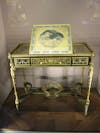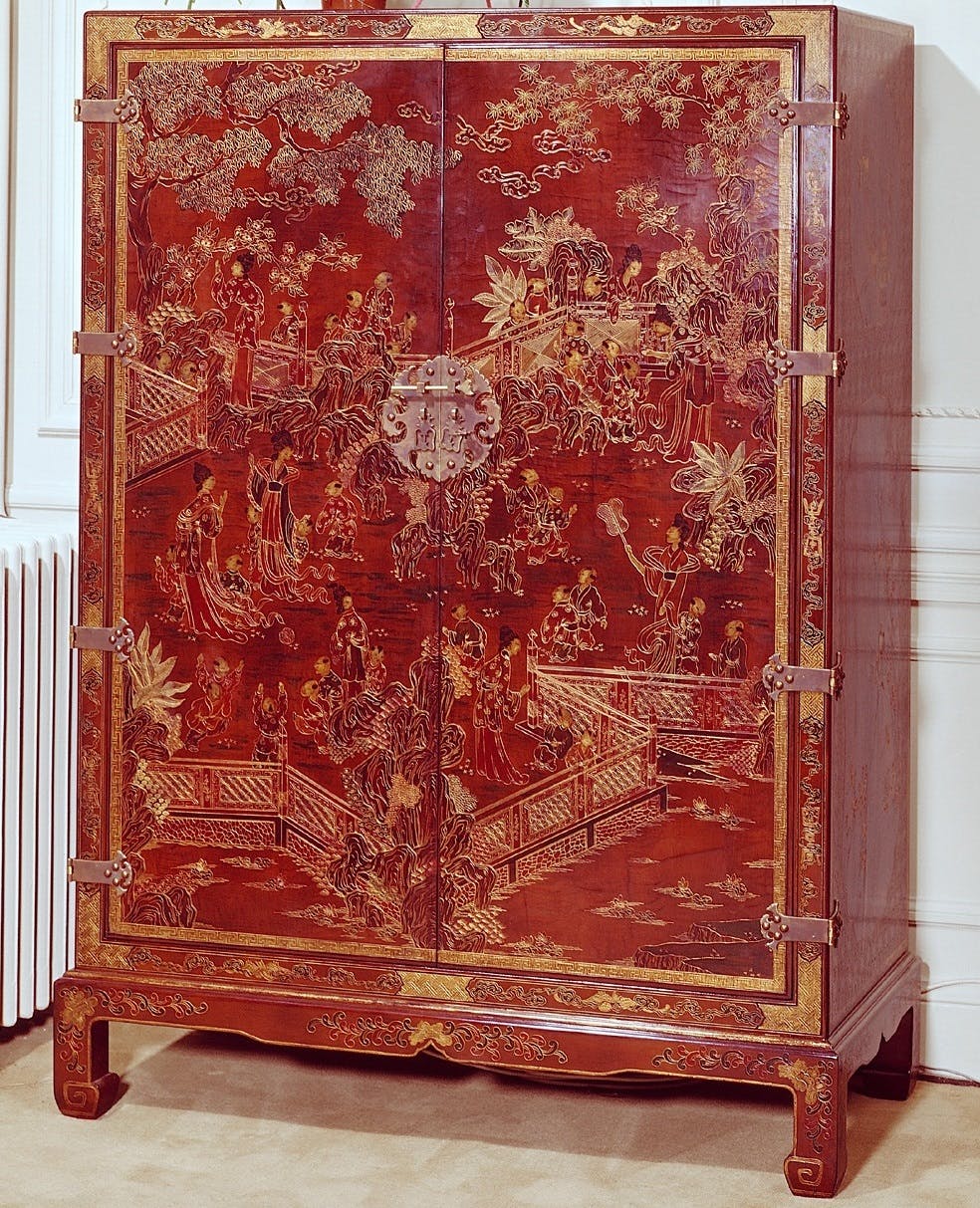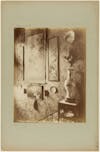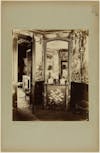At the dawn of the French Revolution, the chinoiseries décor trend, already quite battered by the neoclassicism of the Louis XVI style, was on the verge of vanishing completely with the last glimmers of lavish 18th-century pomp. Chinese-style ornamentation was the hallmark of a bygone era, a period of splendor and nonchalance come to be seen as decadent, with chinoiseries hereafter considered vulgar, ostentatious, and passé. Fashions now called for an imitation of Greek and Roman antiquity, viewed as the epitome of republican virtue. The Directoire style advocated simplicity and sobriety.
Moreover, the disappearance of the trade guilds (corporations) with the strict rules imposed by the Ancien Régime, coupled with the flight of the aristocrats, shook the luxury market and the importation of oriental objects. International trade was disrupted with the start of the wars of the Republic, then of the Directoire, the Consulat, and the Empire, with the United Kingdom controlling the seas, leaving France at a disadvantage. French ornamental language was being fueled by the wars of the day, a vivid example to be found in an explosion of Egyptomania after Napoleon’s Egyptian Campaign and its Battle of the Pyramids.
















